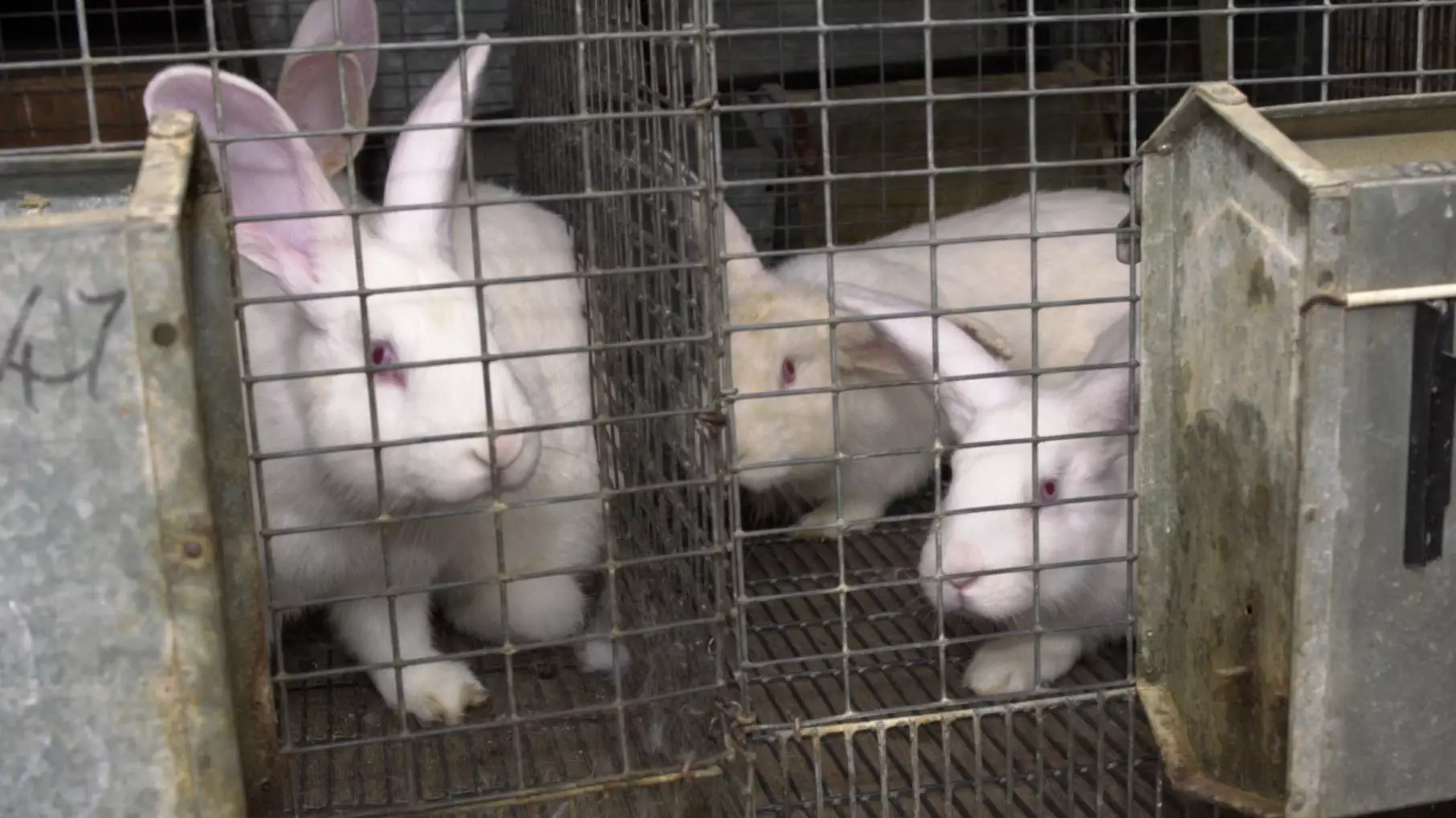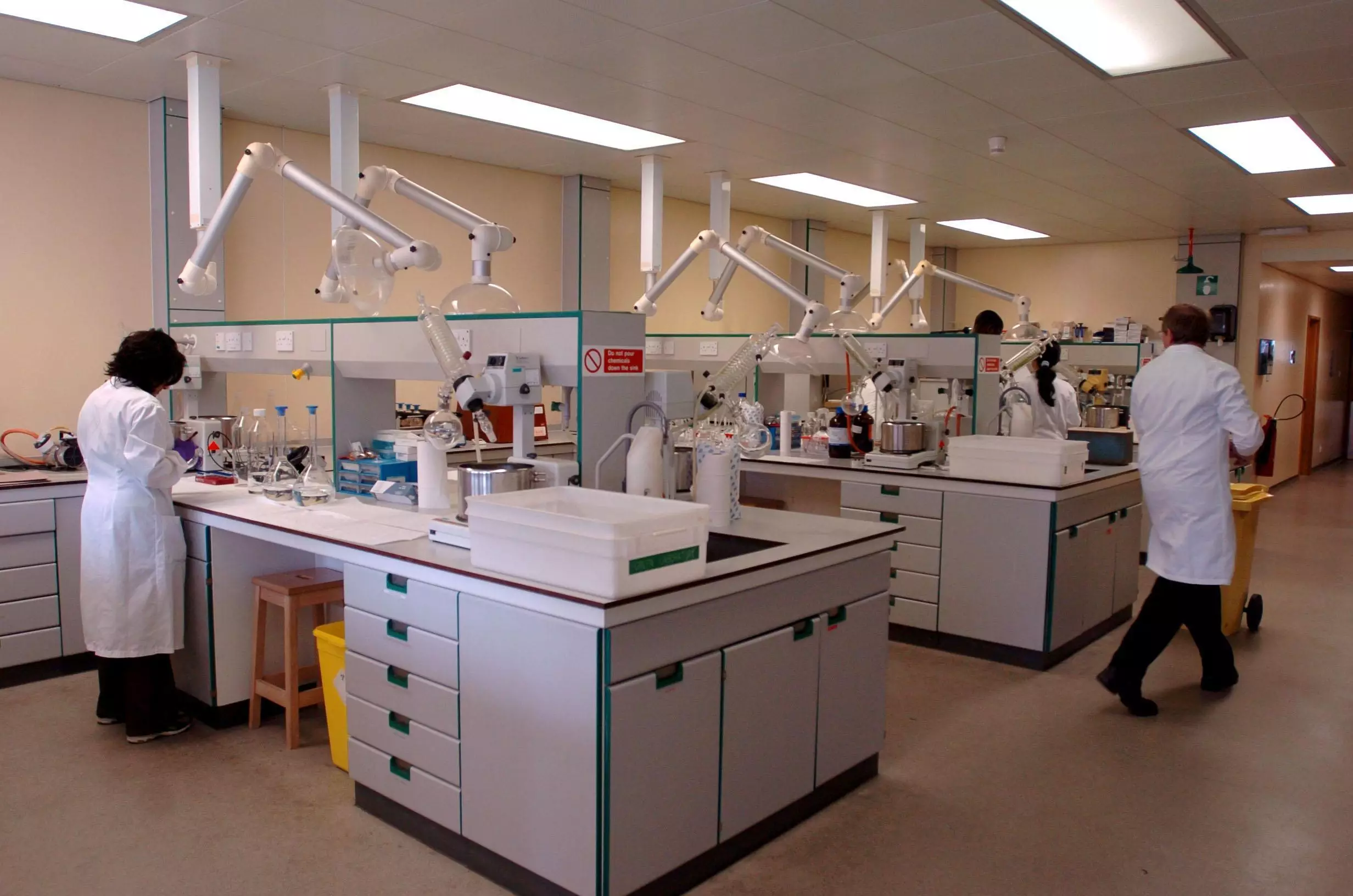
The Home Office has reported that research experiments on animals dropped last year by five percent
There were 3.94million procedures still taking place but this was a fall of 206,000 from 2015 levels. Fifty-one percent of the figure was made up of experiments, and 49 percent to breeding GM animals for future research.
Troy Seidle, Director of Research & Toxicology for Humane Society International, said: "We've witnessed this trend toward out-of-control breeding of genetically modified animals developing for more than a decade, and have repeatedly called on the Home Office to take action."
Over nearly a decade between 2007 and 2016 the number of procedures shot up by 23 percent, largely due to GM breeding.
Advert
The majority of procedures last year involved mice (60 percent), fish (14 percent), rats (12 percent), and birds (seven percent).

Since 2014, the Home Office (the government's department responsible for everything from who can live in the UK to broadcasting and police) has kept stats outlining the severity of procedures on animals, some of which have been historically cruel, as highlighted by animal rights campaigners.
Forty-six percent were classed as "mild" this year compared to 51 percent the previous year, while a figure of six percent remained the same.
Dr Sarah Wells, who works as director of the Medical Research Council's mouse genomics facility, the Mary Lyon Centre, said: "The management of colonies of genetically-altered animals is complex but we are developing increasingly sophisticated ways of breeding and genotyping them and preserving their eggs and sperm."
Though testing on animals is seen as vital by many to help eradicate various diseases, others see it as inhumane, causing great suffering.
Advert
Eighty percent of countries worldwide continue to test on animals in some way, shape or form. In years gone by, many cosmetics companies tested on animals regularly (many still do), but pressure from rights groups has led to a sharp fall in the number of companies that continue to carry out such R&D tests.
Modern methods of research, such as synthetic human tissue, for example, or test tubes capable of distinguishing between toxic and non-toxic chemicals, has removed the perceived need to test on animals in many cases.
EU countries, India, New Zealand and Guatemala are among the countries to have bans on animal testing for cosmetics, while many others (such as Canada) have very severe limits on tests that can be carried out for such purposes.
Advert
Words: Ronan O'Shea
Featured Image Credit: PA Images